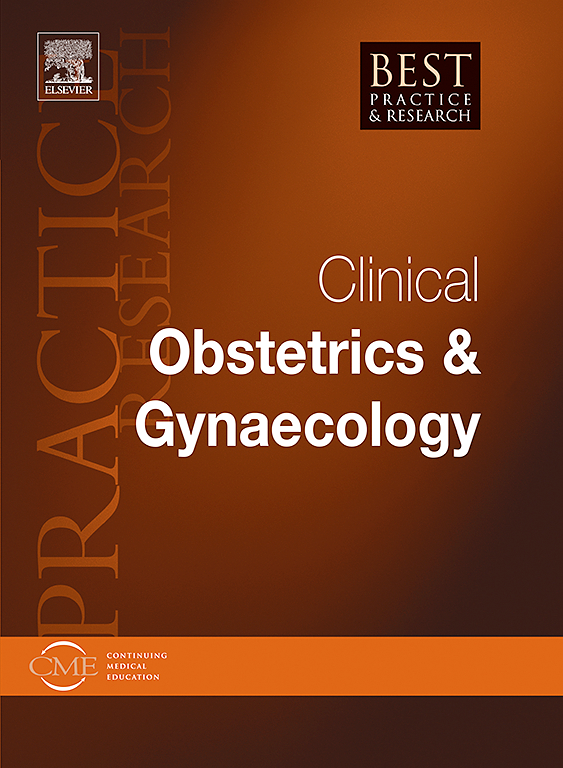Reverse innovation – South to North learnings in the provision of postpartum contraception: implementation in a high-income setting
IF 4.1
2区 医学
Q1 OBSTETRICS & GYNECOLOGY
Best Practice & Research Clinical Obstetrics & Gynaecology
Pub Date : 2025-07-25
DOI:10.1016/j.bpobgyn.2025.102653
引用次数: 0
Abstract
This article outlines a unique example of reverse innovation. Lessons from low- and middle-income countries (LMICs) shaped healthcare practices in a high-income setting. We describe how the FIGO Postpartum Intrauterine Device Initiative, implemented across six LMICs, informed the development of a postpartum contraception program in a UK-based NHS trust. Despite the well-documented benefits of postpartum family planning (PPFP), implementing dedicated PPFP services in the UK has been challenging due to fragmented healthcare funding and cross service integration barriers. The COVID-19 pandemic created an urgent need for adaptation, providing a unique opportunity to rapidly establish a comprehensive local PPFP service. We outline how strategies from LMICs - including task-sharing, provider training, and policy advocacy - were directly applied to overcome these barriers and drive successful implementation. This case study highlights the potential of South-to-North knowledge transfer in driving healthcare innovation, improving contraceptive access, and underscores the importance of global collaboration and adaptive learning in reproductive healthcare.
反向创新——产后避孕的南向北学习:在高收入环境下的实施
本文概述了一个独特的反向创新的例子。来自低收入和中等收入国家(LMICs)的经验教训影响了高收入国家的医疗保健实践。我们描述了FIGO产后宫内节育器倡议,在六个中低收入国家实施,通知产后避孕计划的发展在英国的NHS信托。尽管有充分的证据证明产后计划生育(PPFP)的好处,但由于医疗保健资金分散和跨服务整合障碍,在英国实施专门的PPFP服务一直具有挑战性。2019冠状病毒病大流行带来了适应的迫切需求,为迅速建立全面的地方PPFP服务提供了独特的机会。我们概述了如何直接应用中低收入国家的战略——包括任务分担、提供者培训和政策倡导——来克服这些障碍并推动成功实施。本案例研究强调了南北知识转移在推动医疗保健创新、改善避孕药具获取方面的潜力,并强调了全球合作和适应性学习在生殖保健方面的重要性。
本文章由计算机程序翻译,如有差异,请以英文原文为准。
求助全文
约1分钟内获得全文
求助全文
来源期刊
CiteScore
9.40
自引率
1.80%
发文量
113
审稿时长
54 days
期刊介绍:
In practical paperback format, each 200 page topic-based issue of Best Practice & Research Clinical Obstetrics & Gynaecology will provide a comprehensive review of current clinical practice and thinking within the specialties of obstetrics and gynaecology.
All chapters take the form of practical, evidence-based reviews that seek to address key clinical issues of diagnosis, treatment and patient management.
Each issue follows a problem-orientated approach that focuses on the key questions to be addressed, clearly defining what is known and not known. Management will be described in practical terms so that it can be applied to the individual patient.

 求助内容:
求助内容: 应助结果提醒方式:
应助结果提醒方式:


